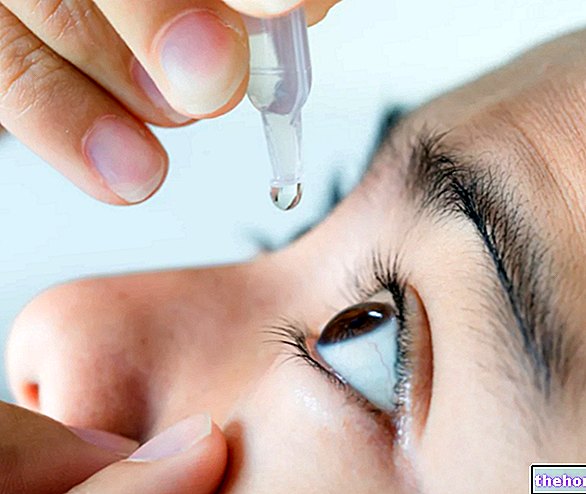Several factors can transiently affect blood pressure, such as diurnal deviation, heart rate, alcohol and caffeine consumption, exercise, and fluid intake or certain systemic and topical medications. A pathological change in ocular pressure, on the other hand, can have unpleasant consequences for visual function and can occur without the patient being aware of it.
The high pressure inside the eye is an important indicator in the evaluation of glaucoma, of which it is a risk factor. This ocular disease, generally, does not cause pain or particular symptoms, but produces characteristic changes in the optic nerve and neural cells in the retina. If glaucoma continues to progress and is not adequately treated, it can affect peripheral vision and cause irreversible damage to the optic nerve, which can lead to blindness. In most cases, pressure is detrimental when greater than 21 mmHg, but some patients may be adversely affected at lower intraocular pressures (normotensive glaucoma). Conversely, some people can tolerate higher than normal blood pressure levels without damage to the optic nerve or loss of visual field (ocular hypertension).




.jpg)

.jpg)





















